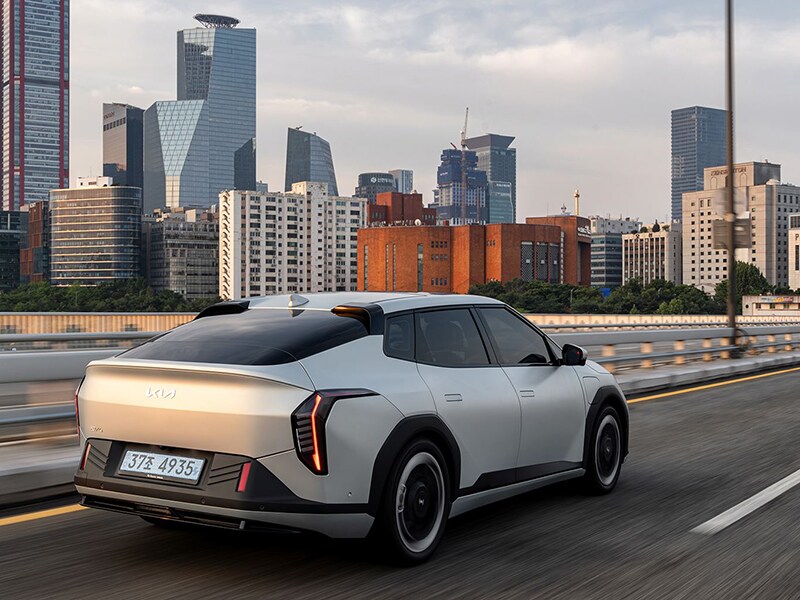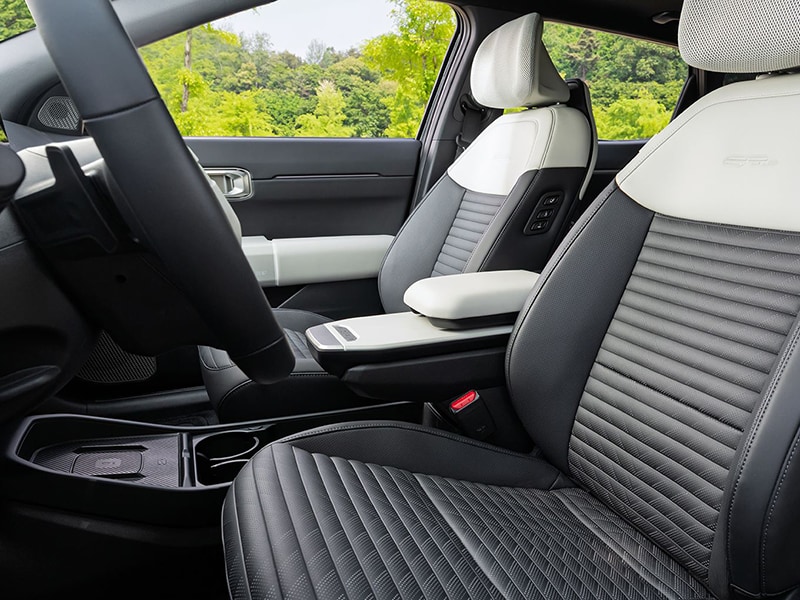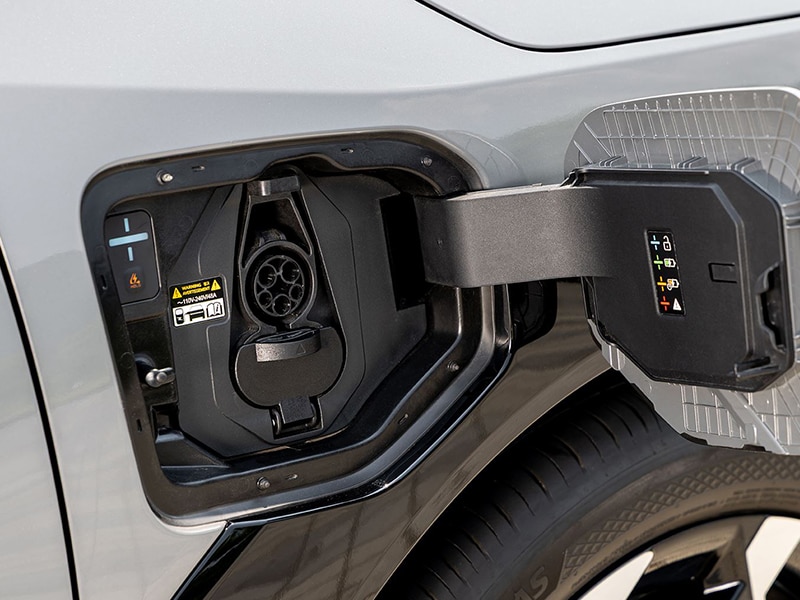Charging should be boring-in a good way. With the right setup, your Kia EV4 starts most mornings near full and long drives feel routine. Here is a plan you can follow without special tools or jargon.
Ready for the Kia EV4 in early 2026? Charging at Home and On the Road

Home charging choices
- Level 1 (120V): Uses a standard outlet. Good for light miles and weekend top‑ups.
- Level 2 (240V): Uses a dedicated circuit and a wall unit. Best for daily driving and cold weather.
See charge levels and typical times here: U.S. DOT charging speeds. Need an installer? Kia partners with Qmerit for vetted pros: Qmerit for Kia.
Public charging without hassle
- Use Level 2 while you shop, work out, or grab dinner.
- Save DC fast charging for trips or deep cold.
- Precondition the battery before a fast‑charge stop for better speed.
Smart daily habits
- Charge overnight if your utility has off‑peak rates.
- Keep tires at spec; low PSI wastes energy.
- Preheat while plugged in on winter mornings.
Pick a wall location with easy cable reach to the charge port. Ask your electrician to label the breaker and confirm the circuit amperage matches the wall unit. Mount the holder so the connector stays clean and off the ground. Keep the cable coiled and out of foot paths.
Cold‑weather plan
- Preheat the cabin while plugged in so you start warm.
- Leave earlier to allow for slower DC fast‑charge speeds.
- Keep a soft brush for snow and a microfiber for cameras.
Public‑station etiquette
- Move your car when charging tapers off or you reach your target range.
- Share stations fairly on busy weekends.
- Check outage reports in the app before you drive across town.


Reliable sources
It dont take a complex setup to make charging painless. You wont worry about range once this routine becomes habit.
Safety and care
- Use a GFCI where required by code.
- Keep the cable clear of snow and standing water.
- Do not use extension cords for Level 1 unless rated and approved.
Home energy tips
- Schedule charging in off‑peak windows if your utility allows it.
- Track monthly kWh so you know real costs.
- Look for rebates on home charging hardware.
Glossary in simple terms
- kW: Power. Higher kW means faster charging in that moment.
- kWh: Energy. Think of it like the size of the battery fill.
- Preconditioning: Warming the battery so it can charge faster.
Troubleshooting tips
- If a station will not start, reseat the connector and try the app again.
- Move one stall over if you see an error and report the issue in the app.
- Keep a backup station saved along your route on busy days.
Apps and maps
Use the station map from a trusted source so you can see status and pricing. DOE hosts a useful public locator with filters: DOE station locator. Cross‑check with your vehicle's native route planner when possible.